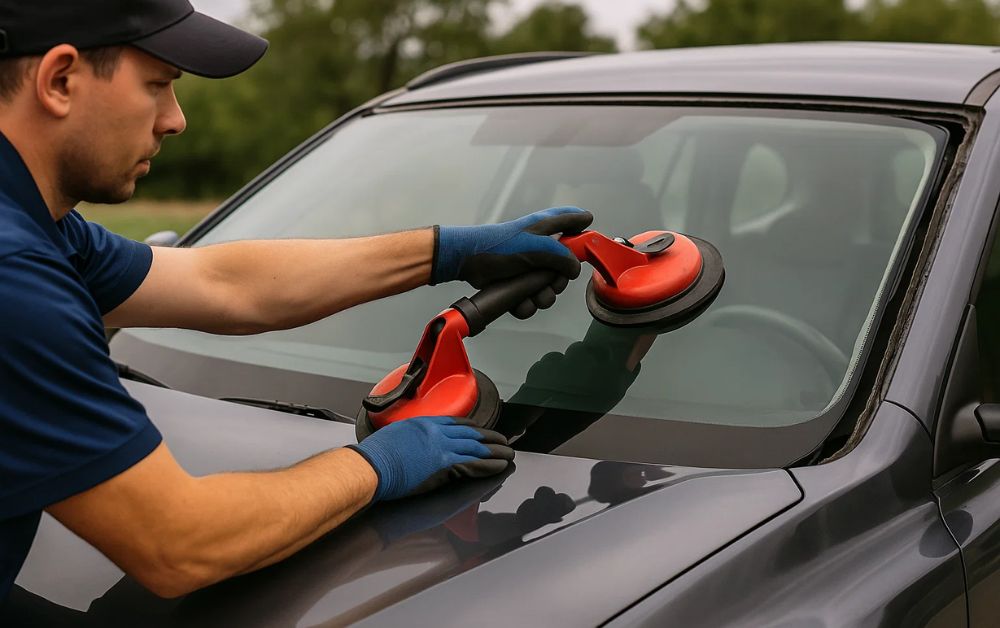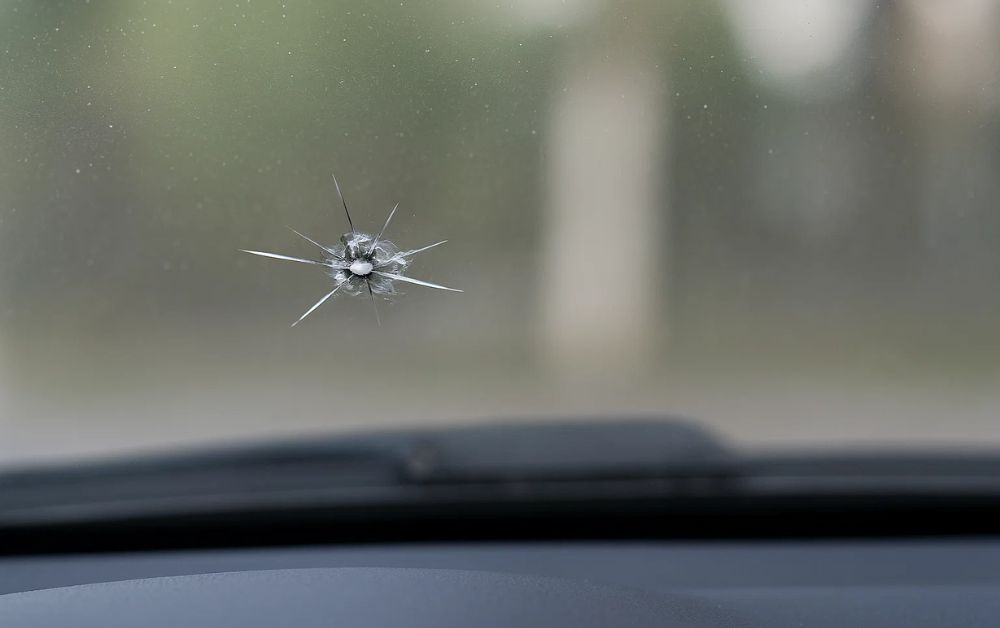Regarding vehicle safety and functionality, most drivers focus on brakes, tires, and engines. However, one component often overlooked—but crucial—is the tempered glass used in car windows and rear windshields. Tempered glass is designed for safety, as it shatters into small, blunt pieces rather than dangerous shards when broken. Despite its durability, it is not immune to damage. Recognizing early signs that your car’s tempered glass needs replacement can protect you, your passengers, and your vehicle’s structural integrity. Let’s explore the five significant signs that indicate it’s time to consider a tempered auto glass replacement.

1. Visible Cracks or Chips
The most direct and immediate indication that your vehicle requires a tempered glass replacement is the development of cracks or chips. While a slight chip may appear innocent initially, it can rapidly grow into a more extensive crack because of road vibrations, temperature fluctuations, or slamming doors.
Tempered glass is durable, but its strength and safety factor diminish when breached. Chipped or cracked rear and side windows no longer guarantee protection in case of a crash. Furthermore, the flaws can impair vision, particularly at night or in extreme weather conditions. If you realize any chips or cracks, even if they appear tiny, you must consult a professional at once.
2. Shattering or Spiderweb Cracks
Unlike laminated glass windshields that remain intact even if cracked, tempered glass breaks when hit. In other instances, rather than breaking into pieces, the tempered glass will show a spiderweb break pattern that indicates that it has already suffered trauma.
This kind of damage typically happens as a result of a severe blow like a road accident, theft attempt, or even a stoned vehicle from a building site. If your car window has cracked or develops spiderweb cracks, it is a sure sign that the tempered glass has ruptured and needs to be replaced immediately for your safety.
3. Whistling Sounds or Air Leaks While Driving
Another less common symptom that your automobile needs a tempered glass replacement is abnormal noise when driving. When you hear whistling noises, especially at increased velocity, it could be attributed to an improperly sealed or loose window. Compromised tempered glass may not fit tightly into its frame, resulting in air leakage.
This can also result in dust entering the cabin or water infiltration in the rain, further damaging your car interior. Not only is this annoying, but it also means that the glass no longer provides adequate insulation. Issues like these require a professional check and a complete replacement of tempered glass to ensure optimal sealing and soundproofing.
4. Glass is Hazy, Discolored, or Distorted
Tempered glass must always be crystal clear to guarantee maximum visibility and safety. Suppose your car windows seem foggy, discolored, or slightly warped even after washing. In that case, it may indicate that the glass has been damaged over time by extended exposure to UV, age, or chemical contamination.
Cloudy or yellow-tinted glass may compromise your visibility of the road and environment, particularly during daytime or nighttime driving. It’s not only an appearance matter—it can be hazardous. In this situation, replacing the glass with tempered glass is the ideal solution for driving with a clear view.
5. The Glass is No Longer Secure in Its Frame
If your car window rattles, wobbles when you touch it, or is misaligned, it’s a severe sign that the tempered glass is not secured. This might be due to earlier repair work being carried out incorrectly, degradation of the adhesive over time, or frame structural damage.
Loose glass not only impacts the security of your vehicle but is also very dangerous during accidents. If installed correctly, your piece of tempered glass should be snug and immovable with the frame. Any looseness must be inspected by a technician immediately; replacement is the best way to go if the damage is actual.
Why Tempered Glass Replacement Shouldn’t Be Delayed
Postponing a tempered glass replacement can have serious consequences. Faulty glass may break without warning, create visibility problems, and open your vehicle to theft or water intrusion. Furthermore, most newer vehicles depend on correctly fitted windows for the efficacy of airbags and other protective devices.
Replacing broken or faulty tempered glass preserves the structural integrity of your car, improves the general comfort and safety of the drive, and prevents costly repairs in the future. It also keeps the resale value of your vehicle in check since no one will buy a car with cracked or creaking windows.

Conclusion
Your vehicle’s tempered glass is a key to safety and comfort. By remaining attentive to these five warning signs—visible cracks, shattering or spiderweb breakage, air leaks or whistling noises, discoloration or haze, and loose or misaligned windows—you can take timely action and avert slight damage from turning into a serious problem.
Always have a certified auto glass specialist diagnose and replace your tempered glass accurately and professionally. Replacing your tempered glass on time protects yourself and others and preserves the overall structural integrity and performance of your vehicle on the highway.
